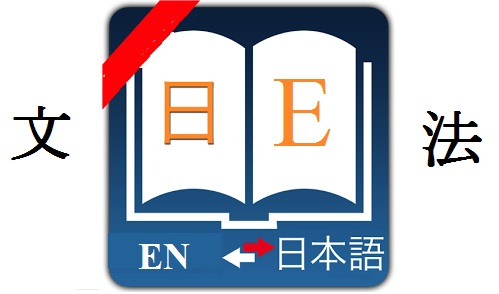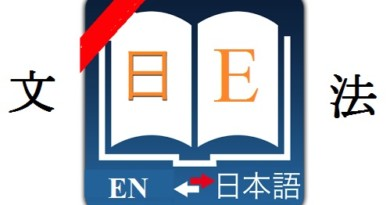Japanese ては grammar teha
Let’s learn Japanese ては grammar teha :
Formation :
VてはV
Meaning and how to use :
Describe a repetitive action over the same time period.
Example:
彼はカラオケの時、一曲を歌ってはすぐに感想を発表します。
Kare ha karaoke no toki, ikkyoku wo utatte ha suguni kansou wo happyoushimasu.
When he sings karaoke, he often immediately expresses his thoughts after singing a song.
あの人は新聞を1ページ読んではわたしに見た。
Anohito ha shinbun wo 1 pe-ji yondeha watashi ni mita.
He kept looking at me after reading a page of newspaper.
本を1ページ読んではちょっと意味を考えます。
Hon wo 1 pe-ji yondeha chotto imi wo kangaemasu.
I keep thinking about the meaning after reading a page of the book.
先生は新しい言葉を言ってはその言葉の意味を説明します。
Sensei ha atarashii kotoa wo itte ha sono kotoba no imi wo setsumei shimasu.
The teacher keeps explaining the meaning of the new word after saying it out loud.
石田さんは漢字を一つ勉強しては大声で発音した。
Ishida san ha kanji wo hitotsu benkyou shite ha oogoe de hatsuonshita..
Mr. Ishida kept pronouncing with a loud voice after studying a Kanji character.
Note: If this structure goes with「たものだ」, it means remembering about something that was repeated in the past.
Above is Japanese ては grammar teha. If you don’t understand the signs we used in formation, you can find their meaning here : signs used in Japanese grammar structures.
You can search the structure you want by using the search tool on our website (using key : grammar + ‘structure name’ or you can find more Japanese grammar structures in the following category : Japanese grammar dictionary
